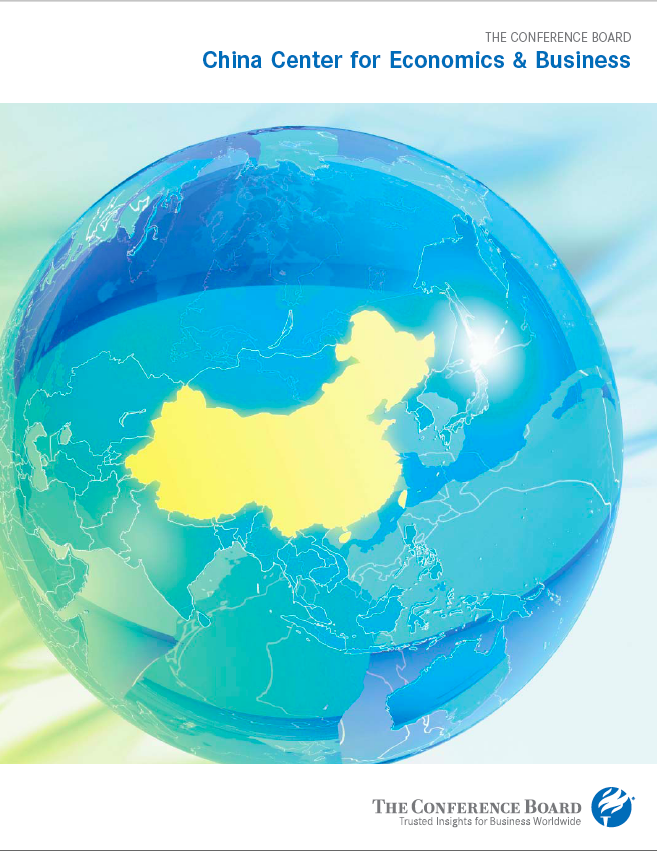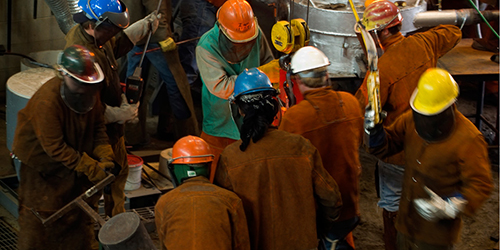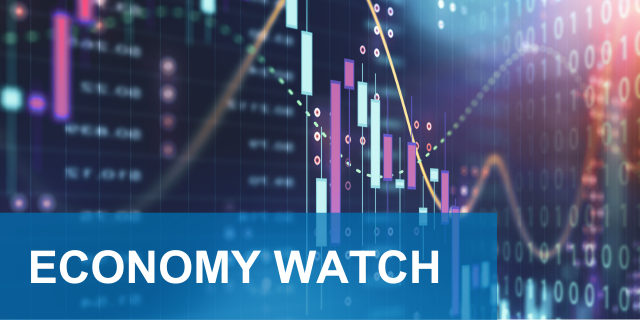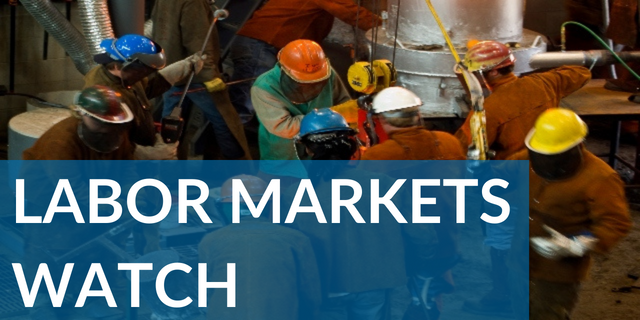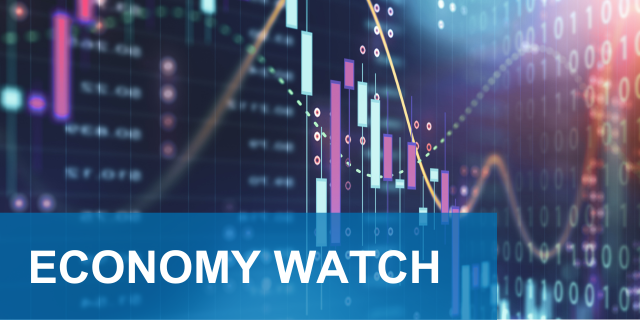This China Center members-only report provides interpretive comments on The Conference Board Leading Economic Index® (LEI) and The Conference Board Coincident Economic Index® (CEI) for China.
The LEI for China increased by 0.7 percent in July from the previous month, up from zero percent growth in June. Credit expansion once again accounted for the bulk of the increase. The continued reliance on credit to fuel the economy signals that government-led infrastructure investment remains the primary growth driver for now.
- Of note, the contribution from lending, which is measured in real terms (that is, adjusted for price changes), was boosted more than usual by falling producer prices, suggesting an increase in the existing debt load of companies and undermining the productive capacity of new lending. This dynamic may be an early signal of “debt deflation” – a risk described in more detail below.
- The industrial and manufacturing sectors in China remain weak. Industrial Production and Purchasing Managers Indices continue to show slow growth momentum, especially in the private sector. Inventory overhang in many sectors continues to hamper new production, as does very weak corporate profit growth. Some sectors even appear to be de-leveraging, which is a good development for the longer-term health of the economy but a drag on current growth.
- Retail sales and consumer expectations continue to perform poorly compared to the same period last year, presumably as the broad slowdown of the economy constrains individuals’ ability to spend. The labor markets continue to deteriorate as well, primary evidenced by weakness in the employment component of the PMIs. Reports of lay-offs in the country’s industrial regions appear to be picking up, which may act to further dampen growth – particularly in the months before “stated” infrastructure investment kicks in more fully.
- Still, growth in large infrastructure investment continues to pick up. This should help the economy stabilize somewhat throughout the rest of the year. The second half of 2012 may see a slight improvement in growth, but strong headwinds remain in place: the risks of significant economic deterioration from widespread deleveraging or falling asset prices (housing) have increased.
